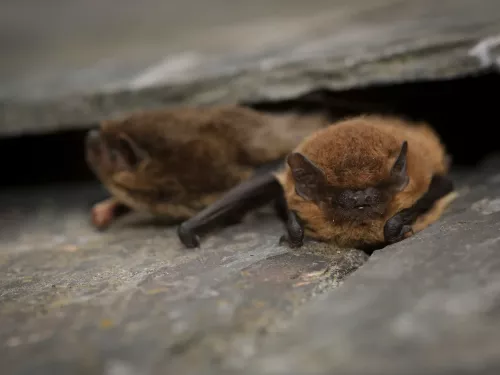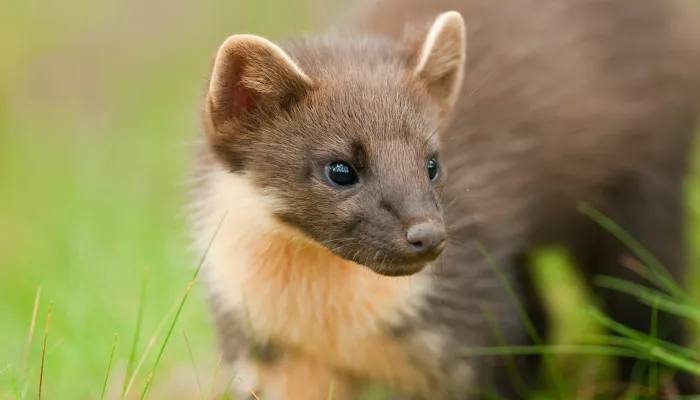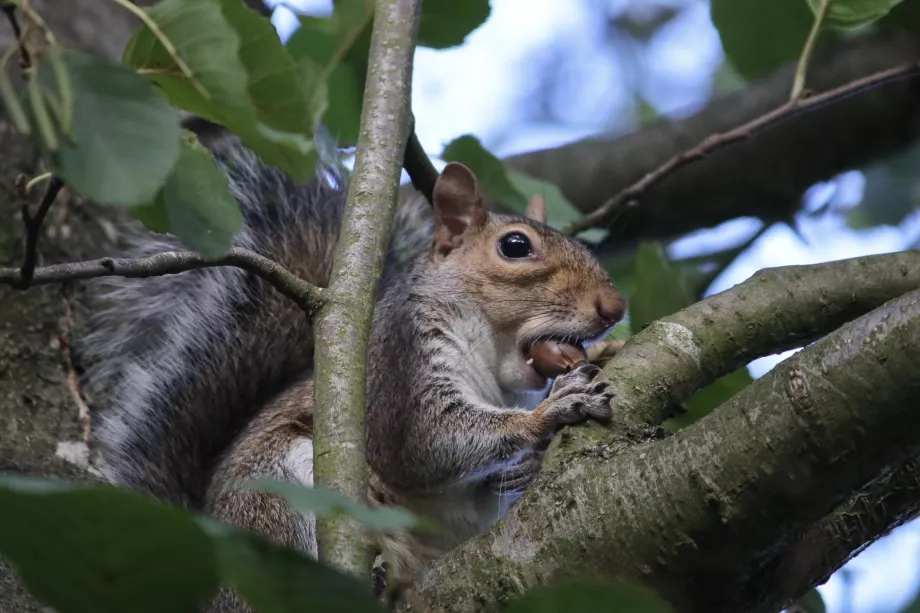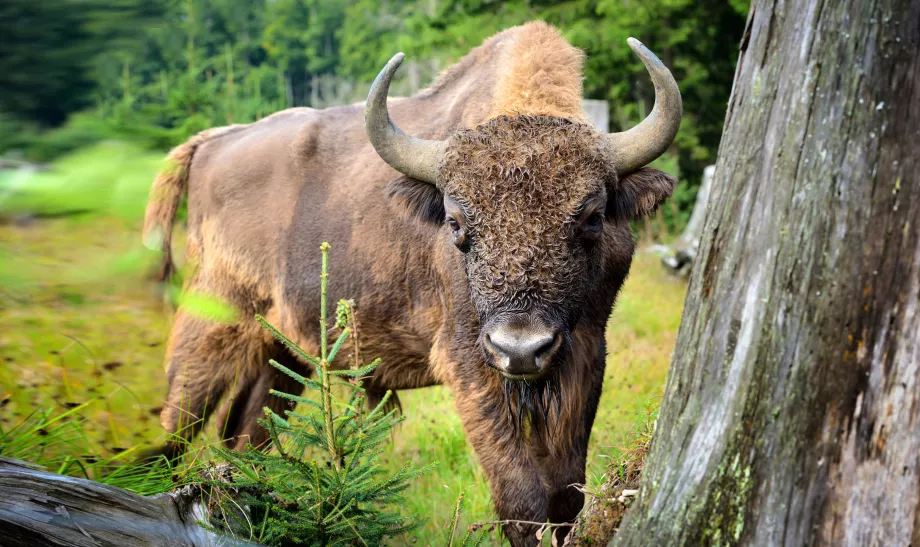Kent Wildlife Trust are actively seeking to apply these principles and approaches to both how we manage our own land and influence the wider landscape in Kent and across the South East. Broadly this falls into two main areas of focus.
Restoring Natural Processes
Heavily engineered flood defences, river canalisation, land drainage and land-use change have drastically altered the functions of our river systems and floodplains, contributing to the sort of catastrophic flooding seen in Kent during 2014. This is where Natural Flood Management (NFM) techniques become essential, restoring the natural flow of water through river catchment systems. The principle is very simply slowing the flow of water which can be done through a variety of means.
In river systems, beavers are capable of changing the landscape and the ecosystems in which they live. There are now significant numbers of beaver living wild in the UK where they have been shown to reduce flooding and improve water quality.
Re-stocking Kent’s Ark
Our ambition is to also look at bringing back species that were once present where appropriate conditions allow, these can include species of cultural significance to Kent. Chough can be seen on the Canterbury coat-of-arms and are synonymous with Shakespeare and the white cliffs. It is our intention to see this evocative species return to the county.






